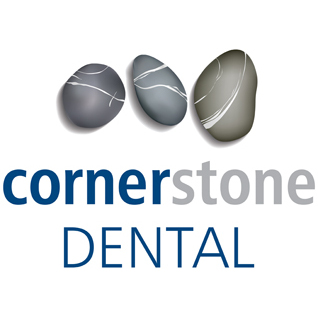Tooth decay is the most common chronic disease in children. It can have a serious impact on a child’s health and quality of life. Introduce your child early to good dental health for a healthy mouth and a healthy life ahead.
Our dentists, Dr Li Yang, Dr Rebecca and Dr Emma Wainwright will ensure that your child’s visit and a fun and positive one. We provide compassionate, child-centred and high quality dental care in a fun, safe, comfortable and welcoming environment. We strive to establish a relationship of trust and confidence with your child for a lifetime of healthy smiles.
Our Darra dental practice is specifically designed with children in mind. Our dedicated team offers a warm, friendly and calming environment; TV screens, toys and of course, prizes after every visit. There is a comfy lounge in our surgery for family members who are welcome to attend with your child.
Call us on 3172 3651 to discuss your child’s dental care or to book an appointment.



















